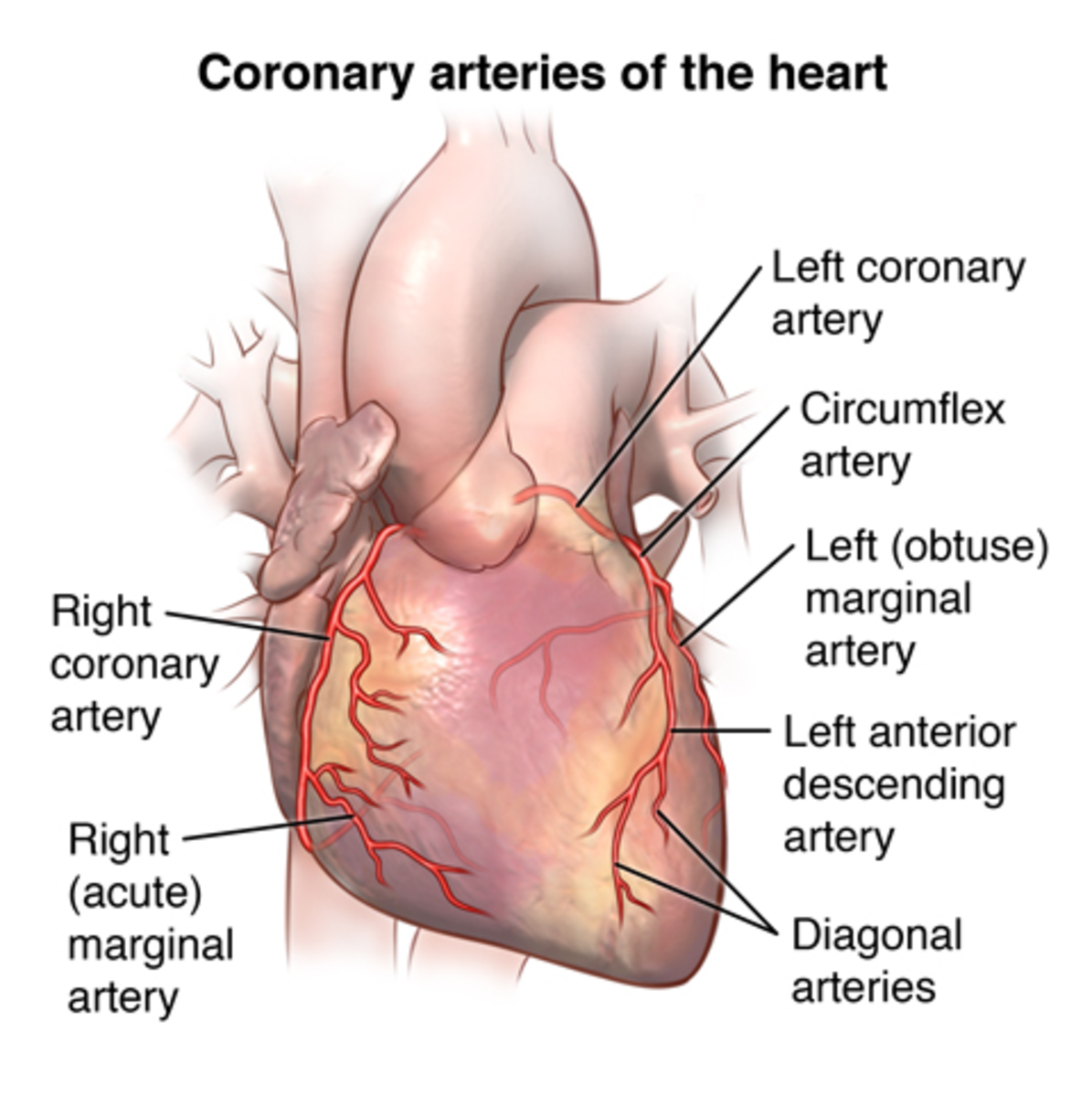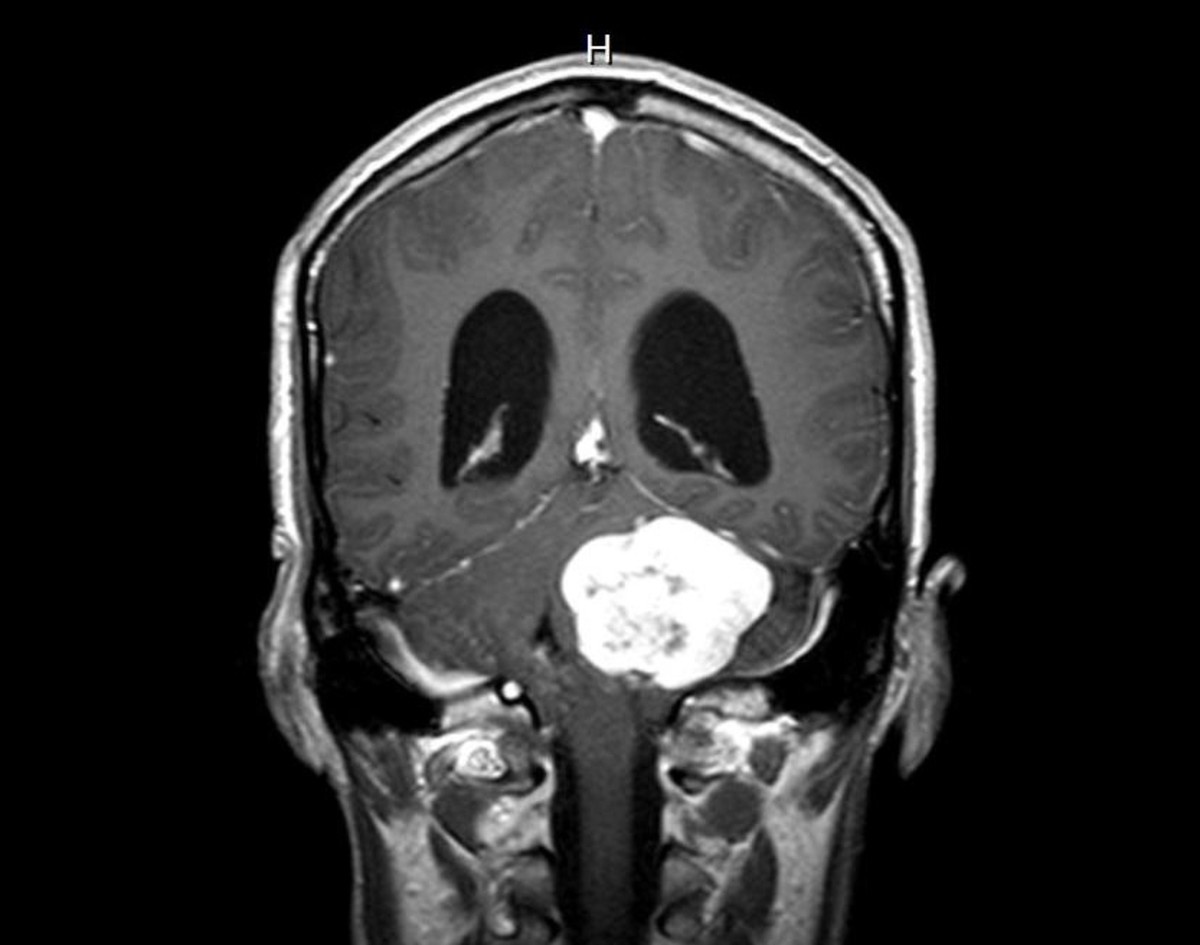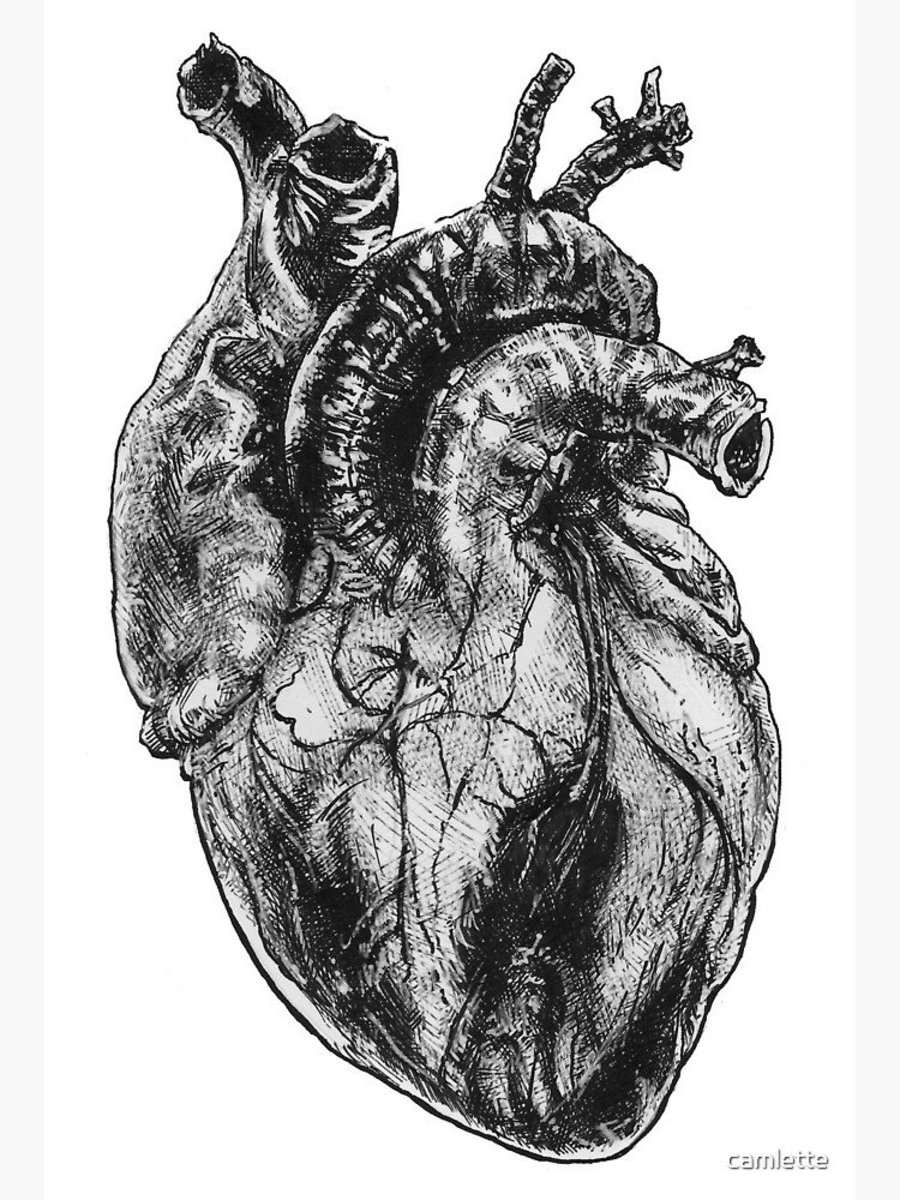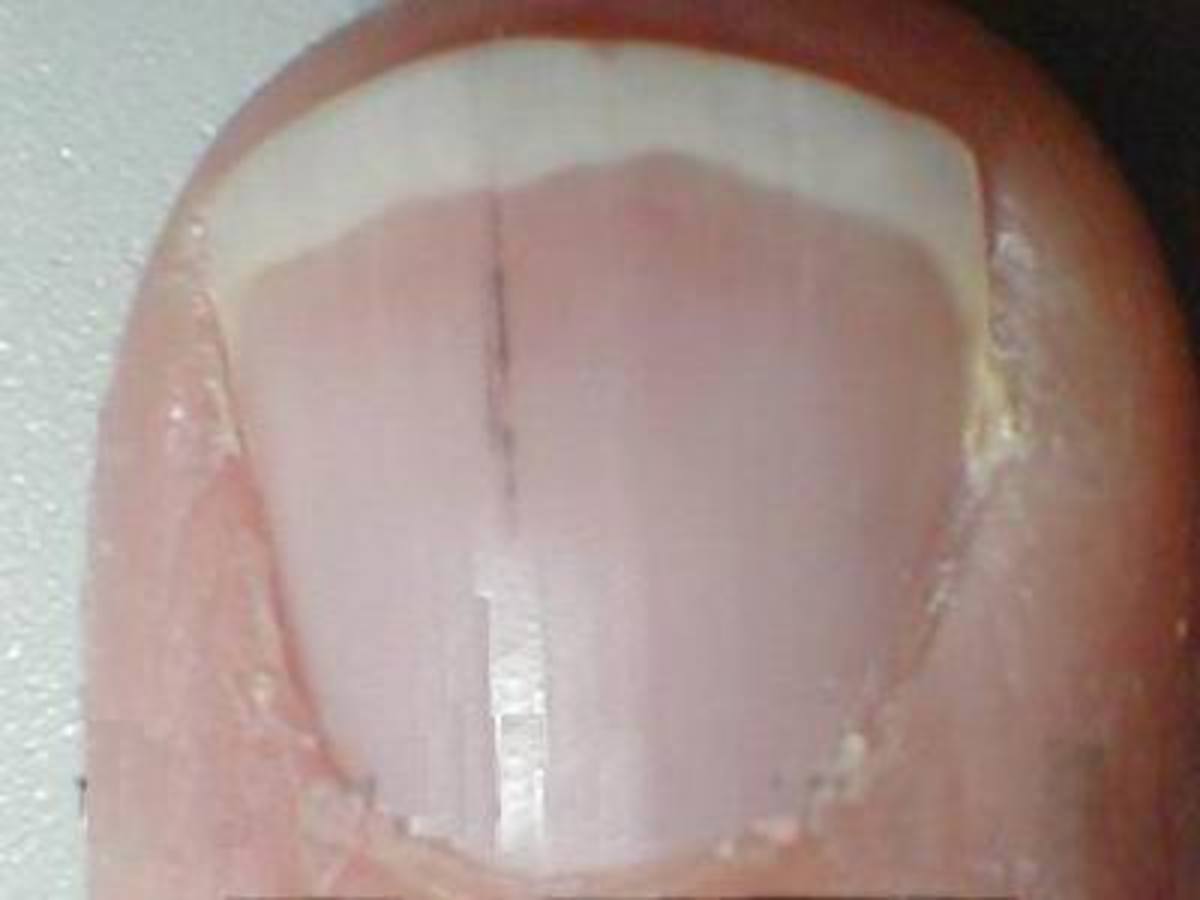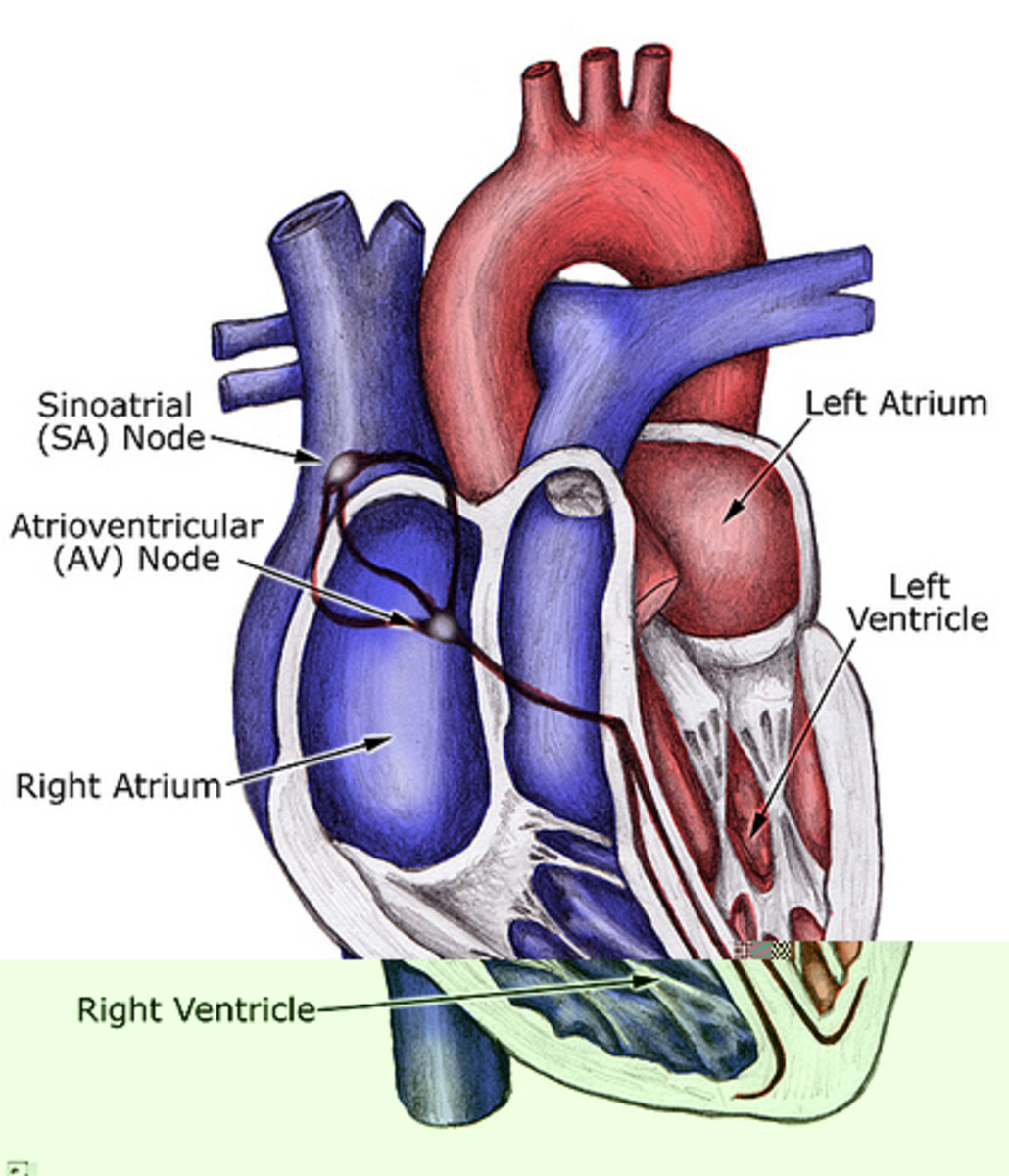Explaining Angiograms, Angioplastys, Stents and Catheters
Relax, the Op only lasts 15 minutes and you can watch it all
If you have never had heart problems before, the above headline will mean nothing to you.
If you are having heart problems for the first time, the above headline may terrify you.
Your Doctor may have mentioned in passing that he wants you to have an Angiogram or an Angioplasty, and that a ‘Stent’ may be inserted in an artery to correct an arterial blockage.
First of all, calm down. When you read the part about Stents being inserted into your heart, you may envisage a Doctor with a steady hand, taking a deep breath before biting his lip and threading a needle through you heart arteries; and all of that delicate manoeuvring done on a working muscle.
It is nothing like that at all, and to prove it, I’m going to give you a running commentary of my own Angioplasty – which lasts only 15 minutes.
Meanings
Before we go any further, let’s examine the meanings of the words starting with Angiogram.
Angio means Blood Vessel
Gram means Written or Drawn, or Recorded.
Plasty means Moulding or Repair.
So –Angiogram means a Recording of a Blood Vessel at that time.
Angioplasty means a Moulding or Repair of a Blood Vessel at that time.
A ‘Stent’ is a tiny tube placed into an artery to repair it.
A ‘Catheter’ is a tube
What Actually Happens?
Take my case; I started the New Year with a bang. I was admitted to emergency with what was assumed to be pneumonia, and as I’d had pneumonia when I was a teenager, it made sense. It was during the first two days of examinations that the Doctors realised that the pneumonia had brought on a heart attack. But, it was also discovered that there was something different about my heart; something that didn’t make sense for a person of my age. The only thing the Doctors could think of that may be causing this oddity was a blockage, so I was put on the waiting list for an Angioplasty.
I had to wait a week for a vacancy in the Angioplasty department. Then I was sent to a pre-Angioplasty ward. If you don’t already have an IV – Intravenous Access Device, you will be fitted with one in either arm. There will be lots of other patients waiting, and each one will have a nurse of their own. You will be asked to take off all watches and necklaces, and your nurse will put them in a locker for you. If you don’t want to take off your rings in case they get lost, your nurse can tape them to your fingers. You can keep wearing your dentures if you have any, as you won’t be put to sleep.
Do not get uptight when you see patients who came in after you, being taken before you; the ward you are in is a preliminary ward for four diverse surgical procedures, meaning four separate rooms and four different surgical teams. I arrived at the ward at 10.00am after a 1½ journey by ambulance, but I didn’t get taken until 3.00. When it was my turn, the porters wheeled me out at the same time as another patient.
We were wheeled into what was obviously a pre-surgical room. There were people rushing back and forth and patients who were waiting for other procedures. There were two television sets switched on. The patient I was wheeled in with and I burst out laughing when we realised one of the programmes that was showing was Dr. Oz. – was the Heart Institute still taking lessons from the television heart doctor?
One by one I was introduced to the Doctors who would conduct my Angioplasty. (I noticed that they called themselves Doctors, not Surgeons. I couldn’t understand this until I remembered that I wouldn’t be cut open, so it wasn’t a surgical procedure.)
All the time I’d been in the waiting ward, the nurses kept raving about the wonderful veins I had in my arms as they inserted the I.V, but the Doctor decided that he was going to use a groin (Femoral) artery, as it was much larger. When it was my turn for the op I was wheeled in through a door to an adjoining room, and asked to climb up onto a narrow table. Once I was comfortable there, the nurse who was looking after me took off my underwear and covered my groin with warm blankets. The blankets were exchanged for warmer ones every few minutes. Of course there would be no need for any of this groin business if the Doctor decided to use your wrist (Radial) artery.
You will be asked to ensure that your hands don’t touch your abdomen once the procedure starts, so the best thing to do is stick your hands under your bum.
The theatre, if that is the correct name for it, is alive with people. First of all, you will have two or three people spreading plastic across your belly, and making sure the plastic covers almost everything you can see. There will also be a large plastic sheet at eye level, constantly being adjusted so that although it seems like you can see everything, you can’t really see much. All the time the nurses will be talking to you, making you feel at ease. You will be told when you are having a drug injected, but you won’t be able to see it happening or feel it.
My catheter was injected on my right groin (femoral) artery, and in the left groin (femoral) artery, a dye was injected.
To the left of the table you’re lying on, there are four giant monitors, with one person behind them. To the right of you there is another wall a few yards back from you. The wall has four windows overlooking you, and behind the wall and windows there are other doctors.
It hardly seems like everything is in what you assume is the correct position before it is being folded up. When I asked what was happening I was told that the procedure was over, and I was OK.
“That’s it?” I asked.
“Yes, that’s it. You don’t need a stent. Whatever is wrong with your heart will have to be worked out by the doctors at our local hospital. The nurse is going to take out the catheter (tube) now, once you’ve been wheeled out.”
And that’s what the nurse did; she wheeled me out, presumably so that I could watch Dr. Oz. Up until then I had been amazed at the proficiency of the procedure, but it was rapidly going to change to disbelieve. (A brief note here. If your doctor decides to use your wrist (Radial) artery, it will be a simple matter to withdraw the tube (catheter) from your wrist, and you will have to keep your wrist immobile for about an hour after it has been clamped. If the doctor decides to use your groin (Femoral) artery you will need to stay almost absolutely still for about five hours afterwards in order to prevent the femoral artery in your groin from opening up again – and they are being deadly serious about this one.)
After being taken out to watch TV, the nurse brought a metal clamp – a heavy metal clamp; one half of the clamp stood on the floor, and the other part of it she fitted on my groin. She then started turning a screw until the clamp dug into my groin as far as it would go; she then set a timer for 10 minutes.
Apparently the clamp had to be working for 30 minutes to close the wound into my groin, but the timer was set for 10 minutes at a time, so that the nurse can go and do other things. At first I refused to accept that this clamp business was real, and checked it out to see if it was labelled General Motors, but amazingly it was labelled the Heart Institute. I discovered later that the institute used to use sandbags, so I don’t know which was best. What I did know was the clamp was effing agony.
At the end of the 30 minutes, the nurse discovered that the clamp was so dug into my groin that she couldn’t get it out; it was so bad that she had to jump up and down to try to get the clamp away from under my flesh. It was then that I understood the reason for the clamp. Suddenly a spurt of arterial blood jetted out and hit the nurse on the neck, under the chin and up to her forehead, and she had to get another nurse to help her. And in case you are thinking that the clamp became dug in because I’m obese, my weight at the time was only 130lbs.
By the way, if your doctor does use your groin artery, and you are already on blood thinners, be prepared for heavy bruising, and guys that bruising will extend onto your testicles. How do I know? My testicles were so severely bruised that I became a show piece in the ward and I acquired a new nickname - Bruised Balls.

